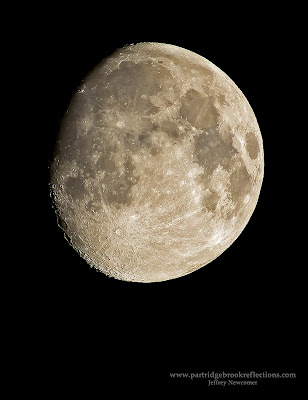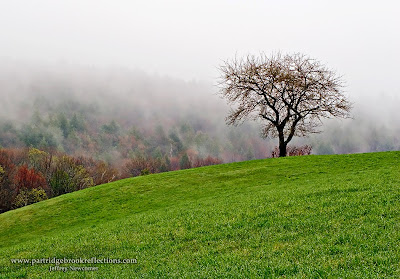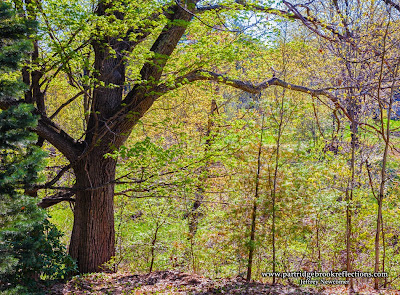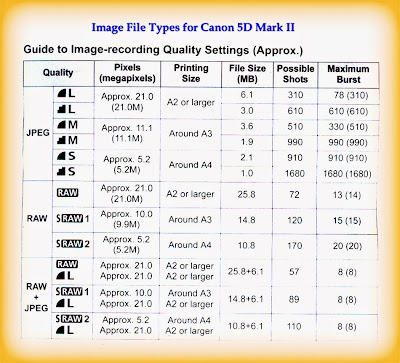 |
| Walker Farm, Dummerston Vermont |
It's a Little More Colorful Than the Noble Lichen
 There are times when life gets in the way of blogging. I remain committed to getting an article out every week (usually Sundays), but this has been one of those weeks when other responsibilities have made it difficult for me to generate my usual fresh, incite-full and voluminous content. The good news is that there is a very good reason for my time pressure. Our daughter Abigail is moving from DC to North Cambridge to be with her
There are times when life gets in the way of blogging. I remain committed to getting an article out every week (usually Sundays), but this has been one of those weeks when other responsibilities have made it difficult for me to generate my usual fresh, incite-full and voluminous content. The good news is that there is a very good reason for my time pressure. Our daughter Abigail is moving from DC to North Cambridge to be with her  |
| The Depth, Spofford NH |
Don't Ask Me the Name!

Flowers are easy to discuss because they are bursting forth everywhere and because I can summarize my entire understanding of the topic in three words. "Flowers are pretty". That's it, don't ask me to identify everything, all I can say is that flowers are natural miracles of structure, color and texture, and that they are a joy to photograph. The blooms are especially wonderful subjects for Macro Photography and I have been out with my 100mm Macro capturing all I can.

Walking Nellie
 |
| Day lilies Keene River Park |
 |
| Lady Slippers - I Know These! |
 |
| Rhododendron with Canon SX50 |
Flowers Served on a Platter
 On occasion a local whole-sale florist in Marlborough, New Hampshire lays large pallets of flowers on their parking lot and last week I dropped by in the evening to shoot the display in the soft light. With careful adjustment of angle the flowers can appear as if they were growing in an open field. The trick is to approach from low enough to avoid revealing the trays, baskets and pavement underneath. Of course shooting across the tops of the flowers makes capturing sufficient depth of field a
On occasion a local whole-sale florist in Marlborough, New Hampshire lays large pallets of flowers on their parking lot and last week I dropped by in the evening to shoot the display in the soft light. With careful adjustment of angle the flowers can appear as if they were growing in an open field. The trick is to approach from low enough to avoid revealing the trays, baskets and pavement underneath. Of course shooting across the tops of the flowers makes capturing sufficient depth of field a  challenge. This week there was a mild breeze and to avoid turning everything into a pastel blur I had to use faster shutter speeds and wider apertures than would have been best for maximum depth of field. Thank goodness for focus stacking. I used 7 stacked images to capture the field of blue image, which meant that, during the early editing, I had 14 image layers including the blended layers and non-blended correction layers. It can all be a strain on my computer's RAM, but fortunately,
challenge. This week there was a mild breeze and to avoid turning everything into a pastel blur I had to use faster shutter speeds and wider apertures than would have been best for maximum depth of field. Thank goodness for focus stacking. I used 7 stacked images to capture the field of blue image, which meant that, during the early editing, I had 14 image layers including the blended layers and non-blended correction layers. It can all be a strain on my computer's RAM, but fortunately,  after the blending and clean-up, I could flatten everything to a single layer. My Marlborough florist doesn't bring out the pallets every year, but, when they do, it is an opportunity that I try never to miss. It may be considered cheating, but I have captured some of my best "flower field" images from this location, and, after all, the flowers don't know that they are in pallets.
after the blending and clean-up, I could flatten everything to a single layer. My Marlborough florist doesn't bring out the pallets every year, but, when they do, it is an opportunity that I try never to miss. It may be considered cheating, but I have captured some of my best "flower field" images from this location, and, after all, the flowers don't know that they are in pallets.
The Big Greenhouse Cheat

As in previous seasons, I have been liberally cheating with photography of the flora in the protected environs of local greenhouses. Greenhouse photography tends to be screened from the wind and the soft diffused light eliminates reflection and glare. Once again the key is to avoid artificial distractions in the background
Walker Farm

Every spring I await Susan's announcement that it is time to get our spring plants at Walker Farm. Walkers is across the Connecticut River in Dummerston Vermont and is a wonderful place which, throughout the summer, has some of the best produce in the region. In the spring it also stocks trees, shrubs and flowering plants of all varieties.
 |
| Grand Finale, Dummerston, Vt |
While Susan is loading up, I run to the green house to grab shots of the beautifully cultivated flowers and ground cover. This year I was a bit self-conscious about lugging my tripod around the flower beds and I paid the price. It was difficult to steady the camera at the slow shutter speeds that would have permitted the high f stops required for optimal DOF. I tried to find flowers that I could keep on one focal plane and focused on the center of the blooms.
Don't Try This at Home
 I also tried some hand-held focus stacking. Everyone, including me, will tell you that focus stacking requires a tripod to keep the view consistent. Having no tripod, I lined up my composition, broadened my stands and ran through the series of variably focused exposures. I did the best I could keeping the frame steady by fixing my center focus square on one spot in the scene. Photoshop, being the miracle that it is, did the job of aligning and blending remarkably well and I had very little clean-up to perform after the process. The picture of the mixed flowers was assembled from 5 hand-held, focus stacked images, but "DON'T try this at home". Focus stacking still requires a tripod!
I also tried some hand-held focus stacking. Everyone, including me, will tell you that focus stacking requires a tripod to keep the view consistent. Having no tripod, I lined up my composition, broadened my stands and ran through the series of variably focused exposures. I did the best I could keeping the frame steady by fixing my center focus square on one spot in the scene. Photoshop, being the miracle that it is, did the job of aligning and blending remarkably well and I had very little clean-up to perform after the process. The picture of the mixed flowers was assembled from 5 hand-held, focus stacked images, but "DON'T try this at home". Focus stacking still requires a tripod! |
| Mountain Laurel, Ann Stokes Trail, Chesterfield NH |
With what little time I've had this week, I have been trying to process a few of my flower images. I love working with the colors and textures to create macro floral "landscapes". When we get back from DC, I will return to these, but before that I have to get my daughter safely back close to home. Yea!
Jeff Newcomer
partridgebrookreflections.com












































